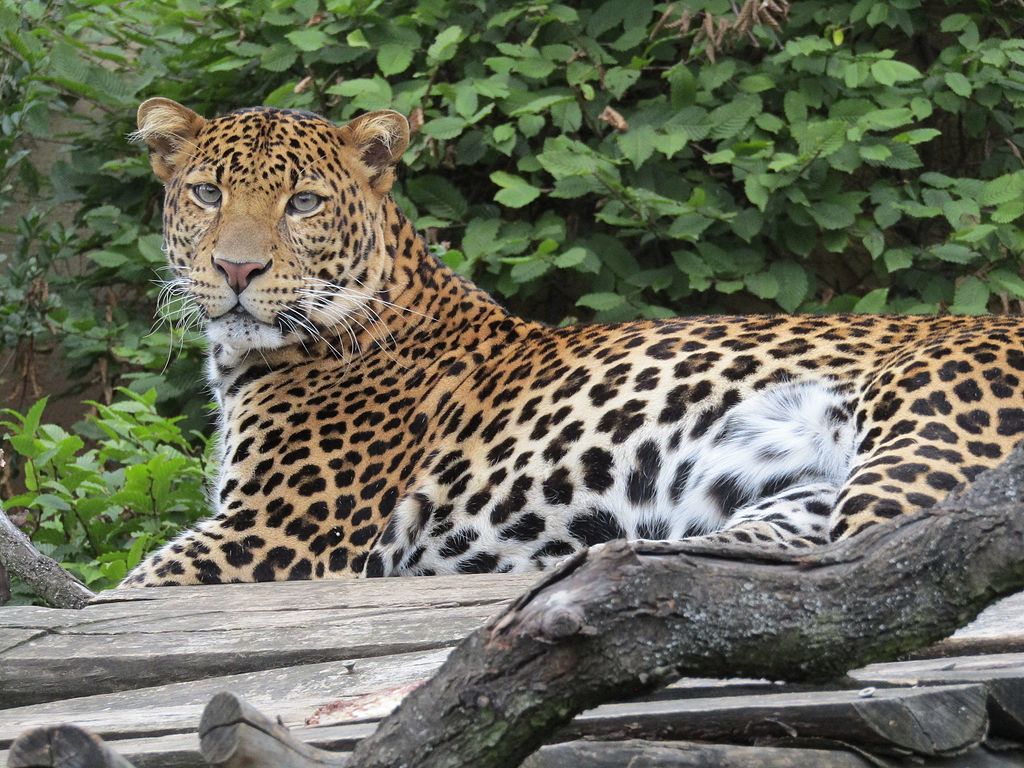Copyright 2020 by Gary L. Pullman
According
to The Complete
Book of Southern African Mammals (178-180),
in hunting, the leopard relies mostly upon two of its senses: hearing
and sight, both of which are keen.
The
leopard has a number of natural “enemies
and competitors,” including the tiger, the lion, the cheetah,
the spotted hyena, the striped hyena, the brown hyena, the African
wild dog, the dhole, the Nile crocodile, the Burmese python, and
several species of bear. However, it remains an apex predator in its
habitats in Sri Lanka, Central Asian and Middle Eastern “preserves,”
and African rainforests.
The
leopard has, on occasion, eaten people. In hunting, it employs
hiding, stalking, and ambushing, which is aided by its camouflaged
fur pattern, and, according to big game hunter Jim Corbett, has been
known to terrify a herd of elephants into stampeding, despite the pachyderms' indifference to the presence of the larger tiger (The
Temple Tiger and More Man-Eaters of Kumaon).
It is possible, also, that the leopard is a predator to the gorilla:
“Gorilla remains have been found in leopard scat, but this may be
the result of scavenging.”
The
male tiger is a lone wolf, so to speak, rather than a pack or herd
animal, associating only with the opposite sex during mating season.
Its solitary nature benefits it by reducing the leopard's need to feed an entire group, but weakens its survivability by preventing both the safety that comes with numbers and the multiple defenses that a group provides. The female tiger, on the other hand, maintains a relationship with
her cubs even after they have been weaned. Adept at climbing trees,
the leopard can run at a rate of fifty-eight
miles per hour and will distance itself from a threat by up to
forty-five miles.
Like
the other predators we've considered in earlier posts, the tiger's
abilities make it an apex predator in various habitats:
- Acute hearing and vision
- Great speed and agility
- Climbing skill
- Ambush and stalking skills
- Camouflage
- Independence
- Avoidance of threats
Its
own predators have superior physical size and strength or numerical
superiority.
.jpg/1024px-Leopard_(Panthera_pardus).jpg)

.jpg/300px-Gunsore_leopard_(Somnapur_village%2C_Seoni_district).jpg)


No comments:
Post a Comment